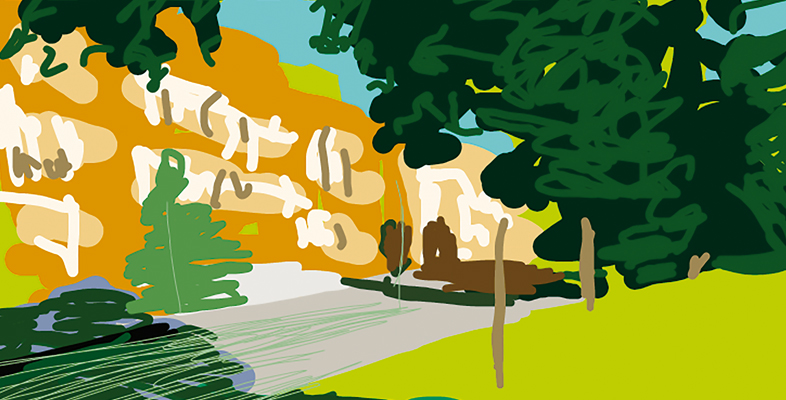Section 3 summary
In this section we have seen how there are many aspects to consider when designing an interactive product due to the fact that:
- computing is increasingly integrated into daily activities and a greater variety of users are now engaging with interactive technology in novel ways, with different levels of awareness
- users engage through different senses and body parts, in different spaces and social configurations, within different environments and settings.
To help you deal with this complexity, the section has provided a framework for considering the users, their activities and their environment (summarised in Figure 19). Specifically, the section considered:
- the user’s physical, sensory and cognitive capabilities
- the user’s background, experience and their preferences
- the activity the user is engaged in when using the interactive product – or trying to accomplish by using it
- the environment in which the interaction takes place
- the interplay between user, activity and environment.
Beyond these, we considered the wider context, including potential stakeholders and the wider sociocultural, organisational and economic settings in which the product might be developed and deployed.
All these aspects are relevant when considering the requirements that the product will need to satisfy.
